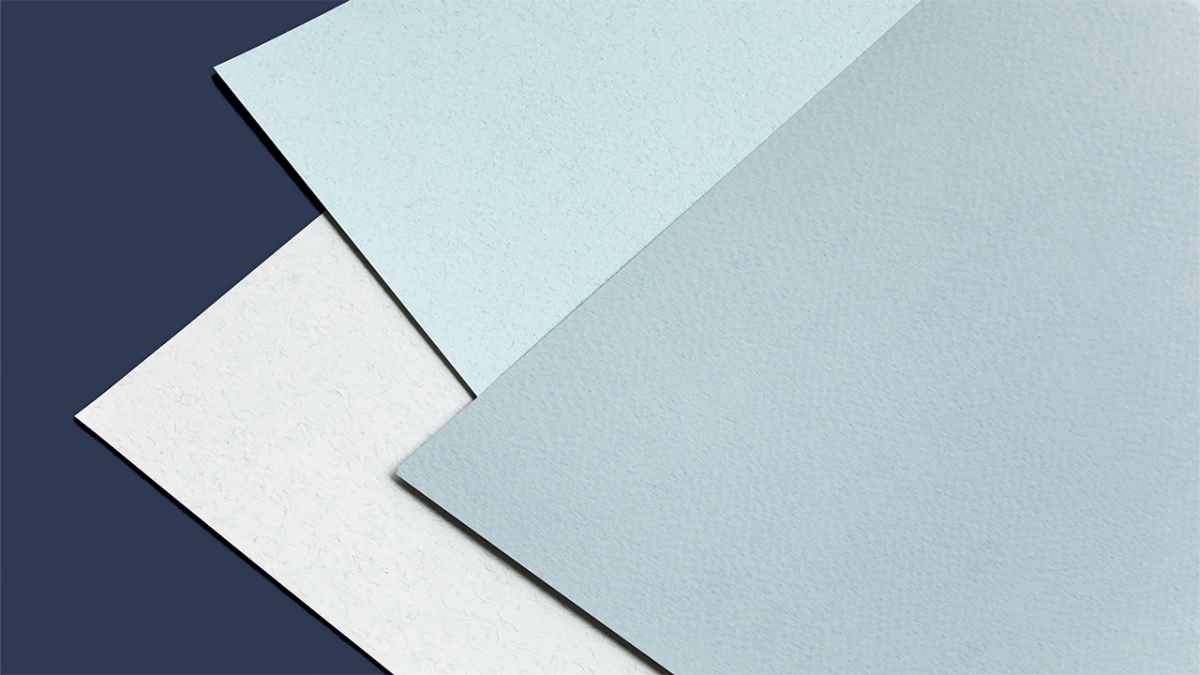What is wood free paper and the benefits?
If you’ve ever looked through a paper catalogue, you’ve definitely come across the term “wood free paper.” Given that paper is often created from wood pulp obtained from trees, the fact that so many paper goods are labelled “wood-free” may surprise you.
In reality, if you’re inexperienced with the papermaking process, the name might be deceptive. The term “wood-free” does not always imply that the paper was created without the use of wood pulp. Instead, it signifies that the lignin in the pulp has been eliminated, usually using a chemical procedure.
What is wood free paper, and how does it differ from other types of paper? Simply explained, the yellow lignin in this paper has been bleached out of the wood pulp. FSC® certified paper comes from Europe’s most ecological and well-managed woodlands, and it’s totally renewable and biodegradable.
What is wood free paper made of?
Simply explained, the yellow lignin in this paper has been bleached out of the wood pulp. The wood sap, commonly known as “the wood,” is made up of lignin. The paper is called as Wood free because the yellow lignin (or wood) has been bleached off.
Woodfree paper is offered in four different finishes: gloss, silk, matt, and uncoated.
Is wood free paper environmentally friendly?
There are no unbleached manually groundwood fibres in wood free paper. The lignin and other impurities in the papers’ fibres are bleached off with a chemical. Chlorine (which has an impact on the environment due to the toxic by-products that can be dumped into rivers) or, more commonly, hydrogen peroxide, sodium hydrosulphite, as well as other chemicals are employed.
Chemical bleaching raises the price of the paper, but the whiteness of the paper as well as the reality that it is less prone to deteriorate over time makes it appealing for a variety of uses. Hemp, esparto, and other grass, bagasse, cotton scraps, and other cellulose derivatives can all be used to make paper by paper producers. So, while your paper contains wood pulp, it does not include unbleached manually groundwood.
Surprisingly, lignin is the substance that gives the tree its strength. It imparts toughness and stiffness in its native condition. However, when paper ages, its presence causes it to degrade and turn yellowish. The paper eventually begins to disintegrate.
The explanation for this is that when the paper gets old, lignin produces acid, which destroys the cellulose. That’s great for single-use papers (imagine fading old newspaper), but it’s not suitable for applications where the integrity of paper products is important.
Wood-free paper for art and archiving
Wood-free paper must be used in any professional activity that needs high-quality, long-lasting paper.
Acid-free paper with less lignin, frequently with an additional alkaline buffer to further inhibit acid erosion, is recommended for preserving significant papers and artworks.
Specialized acid-free preservation paper is recommended when extraordinary durability is desired. Cotton rag or other cellulose-based pulp is commonly used to make such papers. In certain instances, the paper can be deemed completely wood-free in both a layman’s and a professional’s meaning.
What type of wood-free paper is best for you?
If you’re looking for high-quality paper for your next venture, you’ve certainly heard that wood-free paper is the way to go. However, as previously stated, ‘wood-free’ pertains to a very specific aspect of the paper’s construction.
Wood-free papers are available in a wide range of textures and sizes. You may require coated or uncoated wood-free paper, built to a variety of requirements, depending on the circumstances of your project.
There’s really no such thing as a one-size-fits-all since high-quality sheets are created for specific uses. Picking the right paper makes a huge difference in ensuring the highest quality standards and the most appealing result.
Also, learn more about agricultural residue used in paper production.


